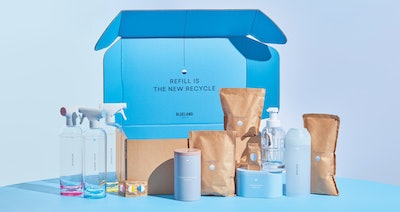
Reduce, Reuse, Recycle. This mantra has become the rallying cry for organizations throughout the packaging supply chain—including suppliers, retailers, brand owners, NGOs, and government organizations, among others—when developing strategies around more sustainable packaging. But few may realize that the phrase is more than a catchy slogan: It represents the non-hazardous materials and waste management hierarchy developed by the U.S. Environmental Protection Agency.
According to the EPA, the most preferred method for the prevention of waste for non-hazardous materials is Source Reduction and Reuse. This is followed by Recycling/Composting, after which is Energy Recovery. At the bottom of EPA’s inverted pyramid is the least preferred method, Treatment & Disposal—essentially landfilling.
Back in the early 2000s, when Consumer Packaged Goods companies began looking at their packaging with an eye toward making it more environmentally friendly, reduction was the easiest change to implement. Innumerable tons of material were taken out of the waste stream through efforts such as eliminating the secondary packaging for products such as bottled OTC medications and shaving millimeters off cartons and bags, resulting in big wins for major brands selling millions of products annually. In one “out of the box” example, General Mills actually reengineered the physical properties of the noodles within its Betty Crocker Hamburger Helper meal to enable the design of a smaller carton size.























